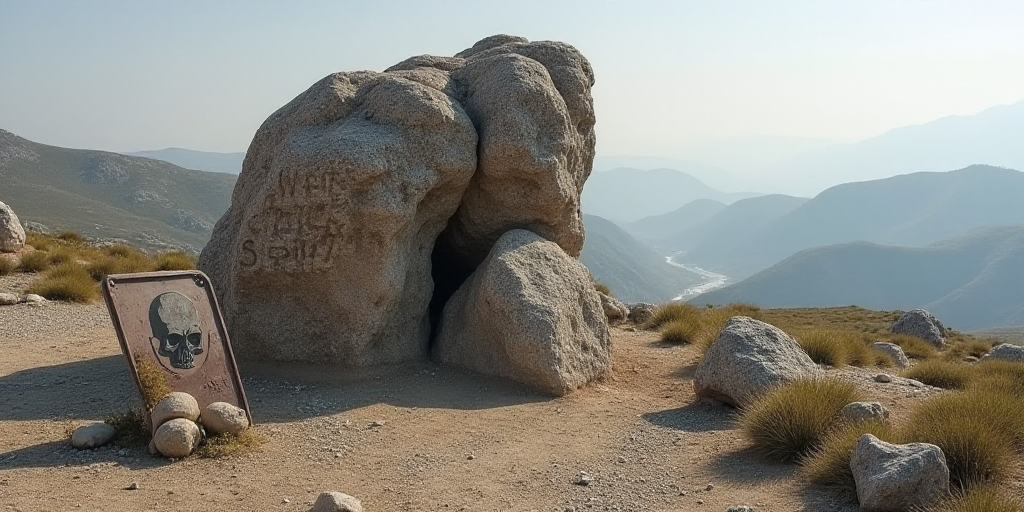Archaeologists Unearth a 2,800-Year-Old Mayan City in Guatemala
Guatemala City, Guatemala: The Ministry of Culture in Guatemala announced the discovery of an ancient Mayan city, dating back approximately 2,800 years, within a protected archaeological zone in northern Guatemala, close to Mexico.
Background on the Mayan Civilization
The Mayan civilization, which originated around 2000 BCE, once thrived across territories now comprising southern Mexico, Guatemala, Belize, El Salvador, and Honduras. Their golden age, known as the Classic Period (400-450 CE), was followed by a decline during the Postclassic Era (900-1200 CE).
Discovery of “Los Abuelos”
Located about 21 km from the Uaxactún archaeological site in Petén, Guatemala, “Los Abuelos” spans approximately 16 square kilometers and dates back to the Middle Preclassic period (500-300 BCE). This site has emerged as one of the oldest and most significant ceremonial centers in the Petén rainforest region during that era.
- Architectural Significance: The site boasts notable architectural planning, featuring pyramids, astronomical observatories, and monuments adorned with unique regional iconography.
- Ancestral Figures: The discovery of two anthropomorphic sculptures, dated between 500 and 300 BCE, suggests a connection to ancient ancestor worship rituals, highlighting the cultural and symbolic importance of this site.
The Guatemalan and Slovak archaeologists expanded the research area by 1,200 square kilometers in 2009 to explore lesser-known parts of the Uaxactún park. Besides “Los Abuelos,” they found another area called Petnal, featuring a 33-meter-tall pyramid adorned with Preclassic murals, and Cambrayal, known for its unique water channel system.
These three sites form an unknown urban triangle, challenging previous understandings of ceremonial and sociopolitical organization in pre-Hispanic Petén.
Connections to Tikal
In April, researchers found a millennial Teotihuacan altar in the Guatemalan Mayan city of Tikal, also located in Petén. This discovery strengthens the ties between these two pre-Hispanic Mexican and Guatemalan cultures, separated by approximately 1,300 km.
Tikal, situated around 23 km from Uaxactún, is Guatemala’s primary archaeological site and a popular destination for international tourists.
Key Questions and Answers
- What is the significance of this discovery? The “Los Abuelos” site provides valuable insights into the early ceremonial centers of the Mayan civilization, shedding light on their architectural planning and cultural practices.
- How does this discovery relate to Tikal? The April finding of a Teotihuacan altar in Tikal, along with the “Los Abuelos” discovery, suggests strong connections between these two pre-Hispanic cultures in Mexico and Guatemala.
- What makes this urban triangle unique? This newly identified triangle of archaeological sites challenges previous assumptions about the ceremonial and sociopolitical organization in pre-Hispanic Petén.






